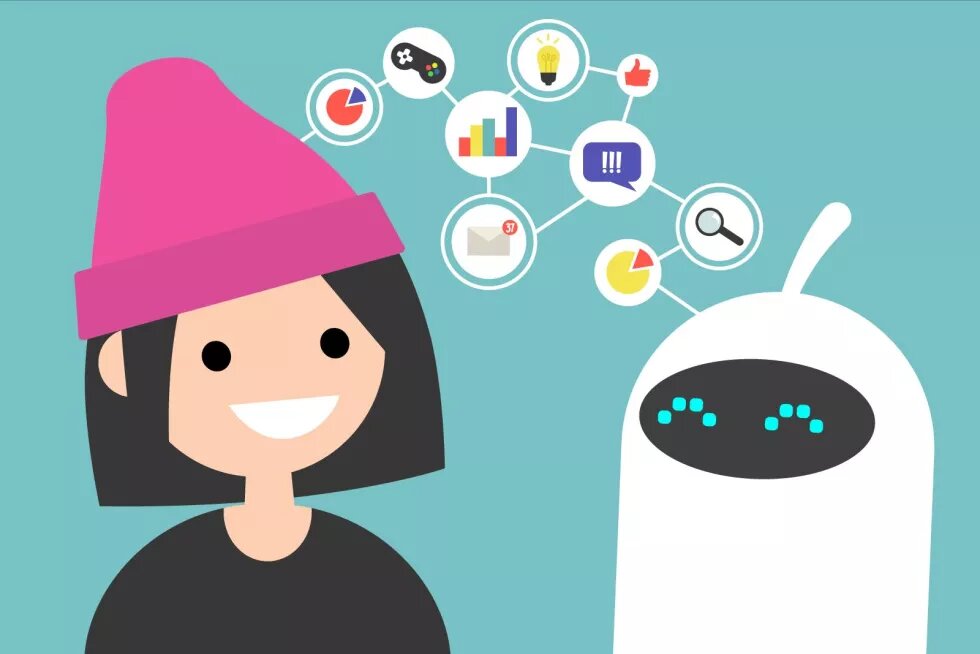Rapid developments in artificial intelligence (AI) technology and new forms of human-machine interaction bring about transformative changes in work, industries, creativity, labour, and even intimacy.
This small collection of essays presents some of the existing and upcoming challenges. Jeffrey Chan discusses ethical issues arising from the way how AI chatbots complicate social communications. Katharina Klappheck examines AI’s intricate layers of power dynamics that leads to gender and racial invisibility, exclusion, and labour exploitation. Finally, Aifric Campbell explores the future of love and intimacy as our attention to humans is seduced by machines. These are just steps in the direction of a broader discussions to fine-tune the design and governance of new technologies to embrace inclusivity, gender justice and human values in a brave new world.

Ever since the invention of text, human communication has been mediated by technology; whenever new technologies became available, humans faced and employed new modes of communication and interaction. But interaction and communication with machines has reached a new stage today, in an age of machines equipped with AI, with chatbots and robots becoming apparently ever more “human” (or at least human-like).
To facilitate machines communicating in a more human-like manner, human-to-human communication is “datafied” to design and train machines. While human communication has become data for machines, humans need to learn and develop new communication strategies to promote effective, ethical and inclusive interactions with machines. Results of such interactions are often surprising, and sometimes disturbing, as anyone who has experimented with ChatGPT can testify; but the field of experimentation is vast and new rules of engagement need to be found.
As in other dimensions of social life, digitalization and automation have implications for gender relationships. For those concerned about promoting gender equality, and making societies more inclusive for females and non-binary genders, these are decisive moments as well. When automation is involved in service, support and care work, gender stereotyping often comes into play. The appearance of robots intended to interact with humans to offer help and care often come in a female or “child-like” form. Some feminists and cyber studies experts oppose to the creation of gendered robots (Normura 2022), as this tends to reinforce gender stereotypes in societies. Others propose genderless robots, LGBTQ+ inclusive robots (Paulsen, Fosch-Villaronga & Søraa 2020), or critically explore other gender possibilities beyond the dichotomy of male/female (Seaborn 2022). The design, implementation and use of gender features in robots are extending gender and power relationships to new parameters. Choices should be carefully made in order to reduce old oppressions and inequalities, instead of proliferating them to new heights and forms.
This small collection of essays presents some of the existing and upcoming challenges. Jeffrey Chan discusses ethical issues arising from the way how AI chatbots complicate social communications. Katharina Klappheck examines AI’s intricate layers of power dynamics that leads to gender and racial invisibility, exclusion, and labour exploitation. Finally, Aifric Campbell explores the future of love and intimacy as our attention to humans is seduced by machines. These are just steps in the direction of a broader discussions to fine-tune the design and governance of new technologies to embrace inclusivity, gender justice and human values in a brave new world.
This collection has emerged from contributions to the 6th International Conference on Artificial Intelligence Humanities (ICAIH) , a conference hosted by the Humanities Research Institute (HRI) at Chung-Ang University in Busan, South Korea, in June 2023. hbs Hong Kong is happy to have co-organised two panels at this conference, on “Designing Digital Gender”, and “AI, Communication, and Reality”, respectively. We wish to give sincere thanks to the HRI of Chung-Ang University, to Gunda Werner Institute, and to panel speakers who provide web articles for this follow-up dialogue.


